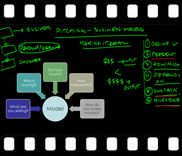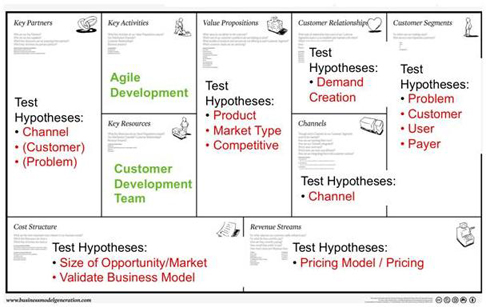| If you think of your pitch as a movie with a plot, your best bet is to build a plot that revolves around a hero (or central character) who is looking, searching or seeking something. It could be the love of his life (500 hundred days of summer), his destiny (Titan AE and/or Treasure Island) or the meaning of life (Hitch Hikers Guide to the Galaxy) or simply escape (K-Pax with Kevin Spacey). Great movies get the audience involved from the beginning showcasing the pain and making them wish and pray for a happy ending for the central character.
Who is the Hero in your movie/pitch? No it is not you, nor the investor, nor the product. Your pitch is best delivered in third person and the pain you are documenting is the pain of the customer. And the story you really want to tell is how badly he or she wants this pain to get fixed, addressed, nuked and neutralized. Somewhere in there, maybe towards the end is space for production credits (your profile) and maybe a sexy placement for your product (showing the hero using it in exactly the right context and scene where the audience is aware of the sub text and would love the usage). But all of that comes later; this movie is primarily about your customer.
Sounds easy, right? What seems to be the problem then? The problem is that a large number of pitches start with a customer profile as empty of details as the stick figure you see below. Who is this guy, where is he from, what does he feel, how do I find him, what do I say to him, will he bleed when I cut him?

Technically speaking what you really want when it comes to your customers profile is to draw a Mona Lisa. Ideally a restored edition that is rich with colors and details. You are still missing data but at least there is a face in front of you that you can now work with. You can now add details about demographics and profiles (age, education, job role, experiences, social preferences, reading interests, family size, ethnicity, political views, and personal tastes) and any other piece that helps you understand what drives this individual. |


